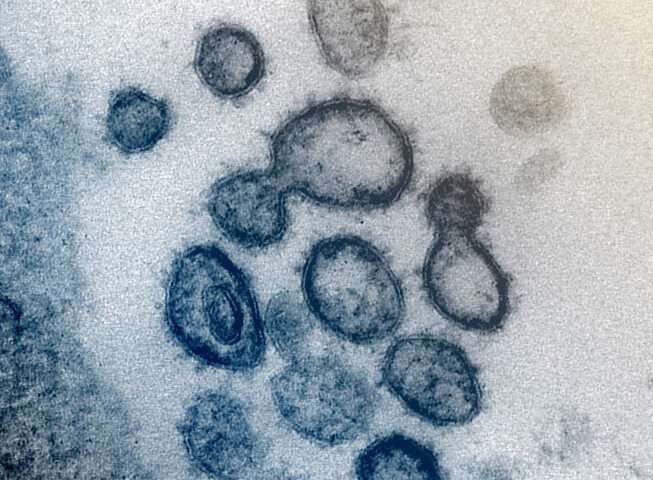Warmer temperatures slow COVID-19 transmission, but not by much


It is well known that rates of transmission of some respiratory viruses, including influenza, tend to fall during the summer months. As COVID-19 has spread across the globe, questions have been raised about whether warming temperatures, humidity and UV index might slow, or even halt, the spread of SARS-CoV-2, the virus that causes COVID-19. These effects on virus transmission will be important to understand as warmer months ease in and states across the country consider and implement reopening plans.
To answer these questions, researchers at Mount Auburn Hospital looked at the impact of temperature, precipitation, and UV index on COVID-19 case rates in the United States during the spring months of 2020. Published in the journal Clinical Infectious Diseases, the findings reveal that while the rate of COVID-19 incidence does decrease with warmer temperatures up until 52 degrees F, further warmer temperatures do not decrease disease transmission significantly. A higher UV index also assists in slowing the growth rate of new cases, but the overall impact remains modest. Precipitation patterns did not appear to have any effect on virus transmission.
The research team analyzed daily reported cases of SARS-CoV-2 infection across the United States from January 22, 2020 through April 3, 2020, as tracked by John Hopkins University’s COVID-19 Dashboard, and estimated associations between temperature, precipitation, UV Index, as tracked from the National Centers for Environmental Information, and rate of case increase.
“While the rate of virus transmission may slow down as the maximum daily temperature rises to around 50 degrees, the effects of temperature rise beyond that don’t seem to be significant,” said first author Shiv T. Sehra, MD, Director of the Internal Medicine Residency Program at Mount Auburn Hospital and Assistant Professor of Medicine at Harvard Medical School. “Based on our analysis, the modest association suggests that it is unlikely that disease transmission will slow dramatically in the summer months from the increase in temperature alone.”
In addition to examining how temperature changes between January and April of 2020 impacted the spread of SARS-CoV-2, the team modeled what the impact would be if a state remained within a maximum temperature range, demonstrating five different scenarios: less than 30 degrees F (-1 C), between 30-40 degrees F (-1 C – 4 C), between 40-50 degrees F (4 C – 10 C), between 50-60 degrees F (10 C – 16 C), and over 60 degrees F (16 C). The lowest rate of new cases was observed on days where the temperature was above 50 degrees F five days earlier. The highest increase in infection rates were detected on days when the maximum temperature was below 30 degrees F.
The Centers for Disease Control and Prevention has stated that the COVID-19 pandemic may worsen in the fall and winter as temperatures drop. “Our results are in line with those predictions,” Sehra noted. “We also caution that the disease may get worse in the fall and winter months.”
While previous studies on SARS-CoV-2 in the lab setting showed that the virus survives for shorter duration in higher temperatures and is inactivated by UV light, few have looked at the effects of temperature, precipitation or UV light on the rates of virus transmission in the community.
“To the best of our knowledge, this is probably one of the first peer-reviewed studies that examine the influence that temperature, precipitation and UV light have in terms of virus transmission in the general population across the United States,” said Sehra.
The study had several important limitations and considerations. Climate data for state capitals was extrapolated to the entire state, as sourced from National Centers for Environmental Information. Also, the data in the study was collected when much of the country had maximum daily temperatures below 70 degrees F. While average summer temperatures will far exceed that in most of the country, this study cannot evaluate what effect, if any, temperatures over 70-75 degrees F may have on virus transmission.
Source: Read Full Article